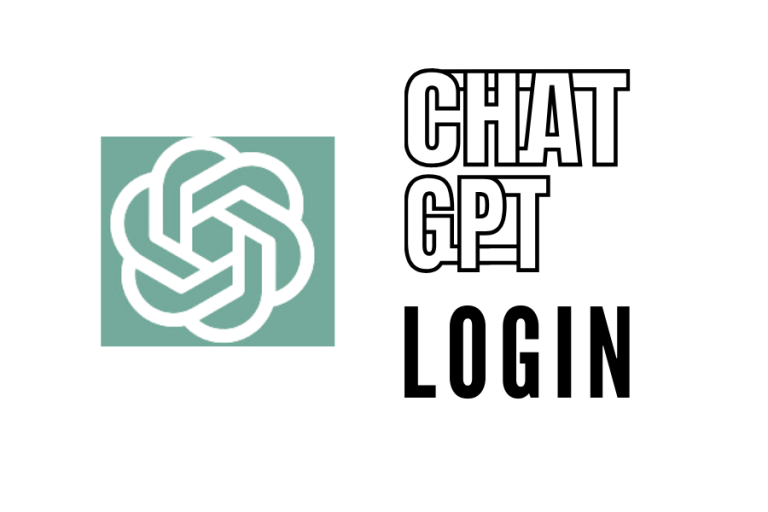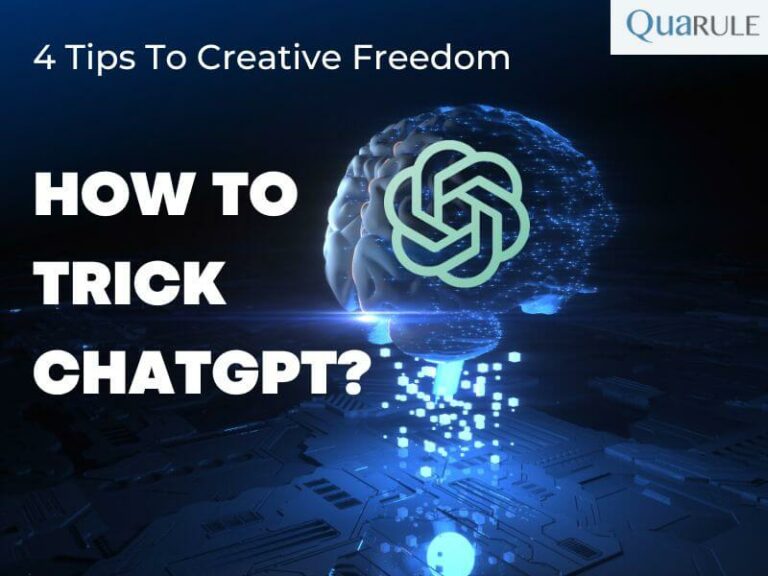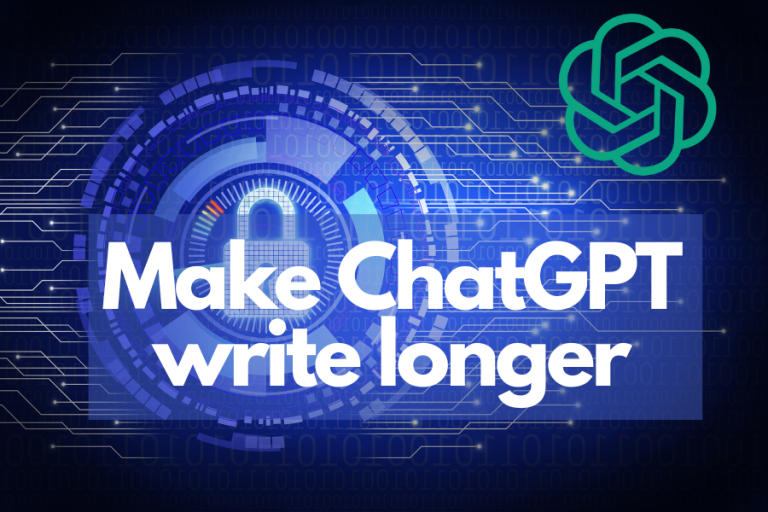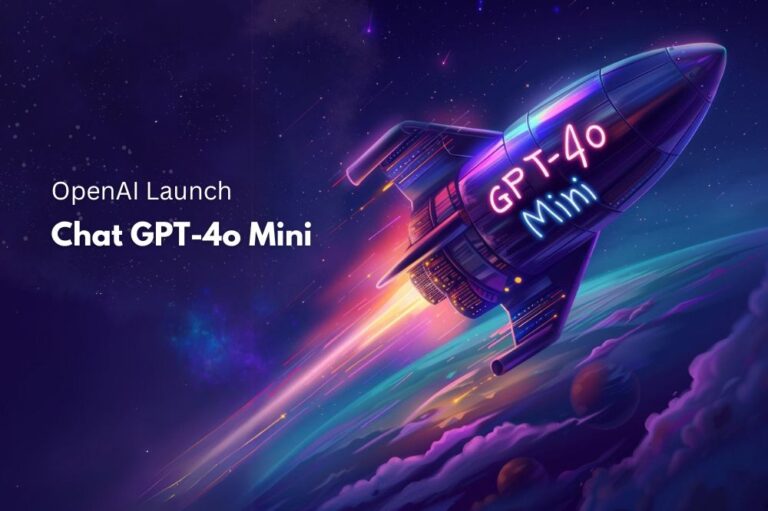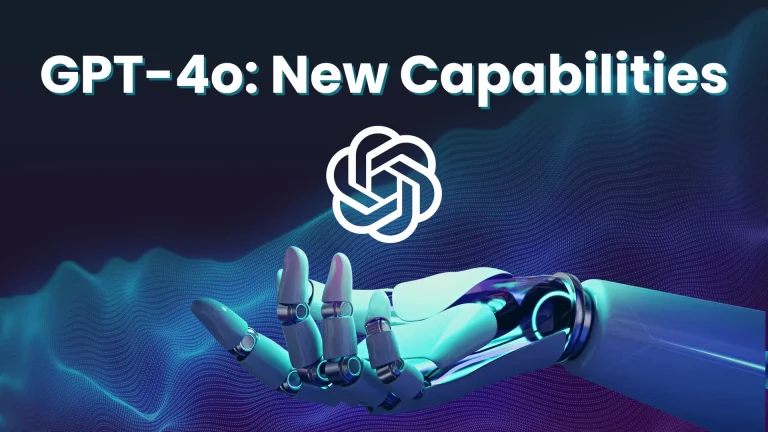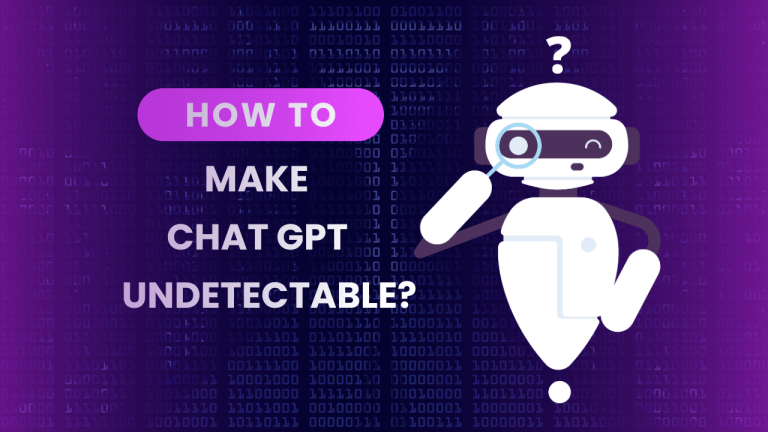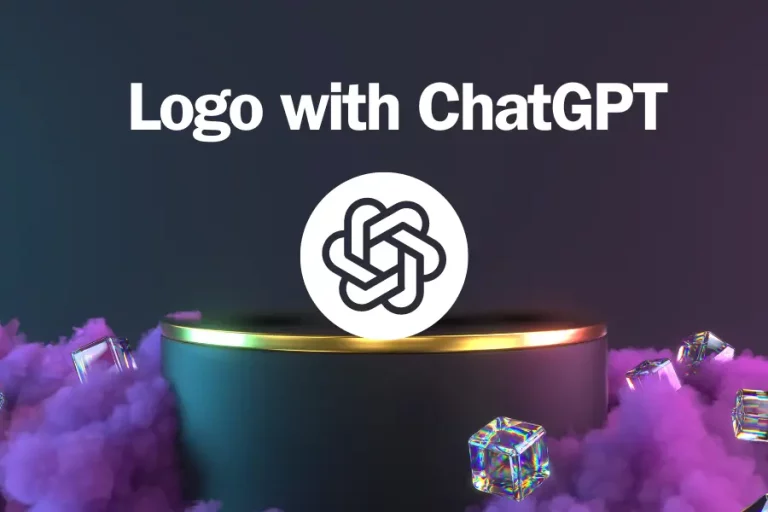A ChatGPT chatbot that perfectly grasps every detail of your business, ready to handle customer questions tirelessly, 24/7. Yes, it’s entirely possible! You can tailor ChatGPT with your unique data to craft an AI chatbot specifically for your business needs.
Get ready for an exciting expedition into the realm of AI. We’re about to unravel the intricate techniques, tools, and tricks you need to develop your ChatGPT chatbot. This isn’t just any chatbot – it’s a tool that could transform the way you engage with visitors on your website. Welcome to the future of AI chatbots, where your data is the key ingredient.
What is ChatGPT?
ChatGPT, short for Chatbot Generative Pre-trained Transformer, is a game-changing AI tool made by OpenAI. It’s built for chatting in a way that sounds like a real person, which is great for things like chatbots and digital helpers.

At its heart, ChatGPT uses a smart setup called GPT. This helps it get what you’re saying, come up with fitting replies, and even make up creative things in text, code snippets, or bullet points. It knows a lot because it learned from a huge bunch of text from the web.
In short, ChatGPT is an AI language model that’s really good at understanding and answering people, changing how we think about talking to machines.
What is a Custom AI ChatGPT Chatbot?
A Custom AI ChatGPT Chatbot is an awesome mix of OpenAI’s ChatGPT, made just for what your business needs. It means you get a ChatGPT model that’s been taught with your own stuff – like your company’s rules, products, services, and common questions. It turns into a super-helpful virtual helper for your business, like a secret superhero base.
About 53% of service businesses plan to use AI chatbots really soon. These custom bots are great for any field, from selling stuff to handling houses.
You get it ready by teaching ChatGPT with your info, like texts, FAQs, or old customer chats. This makes the bot really understand your business and have good talks with users.
The best part is, that these bots keep getting smarter. They can learn new things as your business changes, staying helpful and up-to-date for customer questions.
No more basic, unhelpful bots. Custom AI chatbots are changing the way businesses talk to customers, making it more fun, personal, and smart.
But wait, there’s a catch. ChatGPT can sometimes give outdated info. If you want to know about other tools that might do better, check out alternatives to ChatGPT!
5 reasons you need a custom-trained ChatGPT AI chatbot
The first thing that comes to mind when discussing AI chatbots is customer support. But you know what? These custom ChatGPT-trained chatbots can do so much more. Let’s have a look at some of them:
1. To improve your customer experience
Imagine Customers visit your website and a friendly AI chatbot, trained by ChatGPT, pops up to help. It’s ready to give them all the info they need in a fun, engaging chat. That’s the magic of a custom ChatGPT AI chatbot. It’s like upgrading your whole customer experience. A ChatGPT-trained bot can manage tricky talks, giving your visitors just the right answers. It’s almost like having an always-there, smart human assistant for them.
2. To capture leads like a pro
Put an AI guide on your site, and it’s like having a wise buddy there to help users. Imagine running a real estate website. A customer looking for the best places to buy in San Francisco lands on your site. Instead of them getting lost in all your content, your AI chatbot steps in. It gives them info on the best areas that fit what they want and can afford. And it’s more than just a source of info. It’s also great at getting leads! Once it’s helped them, it suggests they call you or your agent to go further. So, you’re not just giving out info, but also smoothly getting leads with your AI helper. The customer gets help that’s just for them, and you might get a new client. Everyone wins!
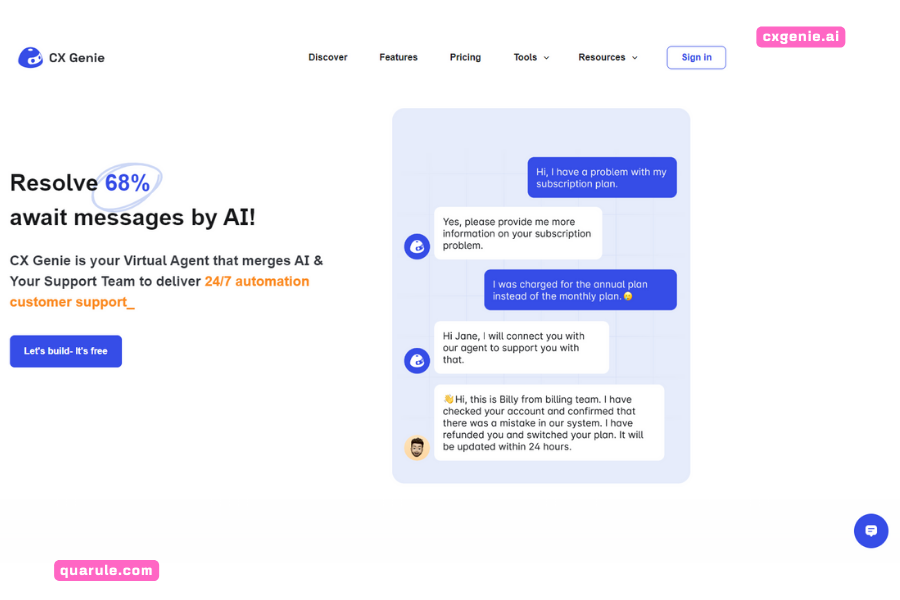
3. To keep your customers engaged
In today’s world, keeping your customers or website visitors hooked is crucial. It’s all about giving them fun facts and info they care about. Imagine your website has lots of yummy cooking recipes. A visitor finds a post about making a tasty eggless cake. Right then, your ChatGPT-trained AI chatbot pops up with something interesting, like, “Did you know you can make an eggless cake with just a banana? Click here to find out how!” The visitor gets curious, clicks, and ends up reading more on your site. Result? They stay on your website longer.
4. To improve the internal employee experience
Now, you can teach a ChatGPT chatbot everything about your company – from time off rules to promotion details. Create a custom AI chatbot for your team. This smart chatbot works like an HR expert, giving your team all the info they need quickly and easily. Instead of digging through documents or waiting for HR emails, employees can just chat with this bot to get quick answers.
5. To supercharge your customer support
The top use for a custom-trained ChatGPT AI chatbot? Turning it into your own customer support agent! About 35% of customers find custom chatbots easy to use and quick at solving problems. A ChatGPT AI chatbot tailored for your business really gets the details of what you do, made just for your customers’ needs. This means it can handle questions, offer help, and be a key part of your support team.
This chatbot learns from your specific info, making it a flexible, always getting a better tool for your business. It turns into a 24/7 customer support star that’s always ready to help.
Building A Custom ChatGPT-trained chatbot using ChatGPT API
Now that you know what a custom ChatGPT-trained AI chatbot builder can do, how about we explore how to train ChatGPT to create one?!
We’re talking about creating a full-fledged knowledge-base chatbot that you can talk to.
Here’s a step-by-step process on how to train chatgpt on custom data and create your own AI chatbot with ChatGPT powers…
Warning: The following process is highly technical and involves a lot of coding knowledge. If you want to know how to build a no-code ai chatbot and train ChatGPT on custom data then scroll down to find another easy and non-technical way!
Getting Your Custom-Trained ChatGPT AI Chatbot Ready: Setting Up the Software Environment
First and foremost, you’ll need to set up a software environment on your computer for training a custom-trained ChatGPT AI chatbot. Here’s the process
Step 1 – Get Python on Your Computer
First, we need to put Python on your computer. Go to the Python website and get it. Open the setup file and make sure to click the box that says “Add Python.exe to PATH.” This step is really important.
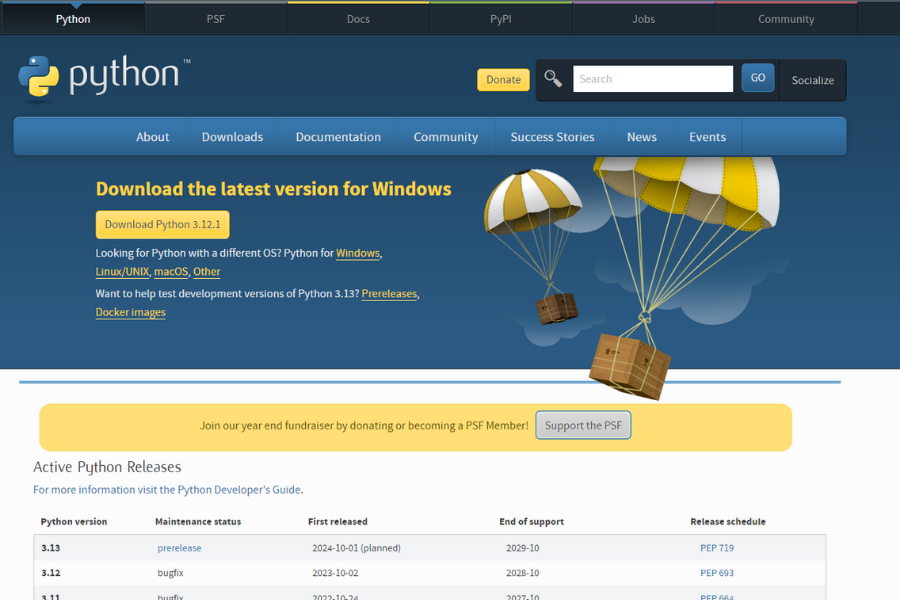
Step 2 – Make Pip Better
Python has a thing called Pip. It’s like a tool that lets you add more parts to Python. Pip comes with Python, but we need to make it better. Use the Terminal on your Windows computer or Command Prompt on macOS to update Pip.
Step 3 – Add Important Libraries
Now, we’ll add some important parts to help train our chatbot. First, put it in the OpenAI library. Custom trained ChatGPT on your own data is the big part that helps make your chatbot. Then, add the GPT Index (also called LlamaIndex). This part connects the big part to what your chatbot knows. Next, put in PyPDF2. This is useful if you want to teach your chatbot from PDF files. Also, add PyCryptodome. Lastly, put it in the Gradio library. Libraries make a simple way for people to talk to your trained chatbot.
Step 4 – Choose a Code Editor
To change the code, you’ll need a code editor. For Windows, Notepad++ is a good choice. If you know more about coding, you can use VS Code on any computer or Sublime Text on macOS and Linux.
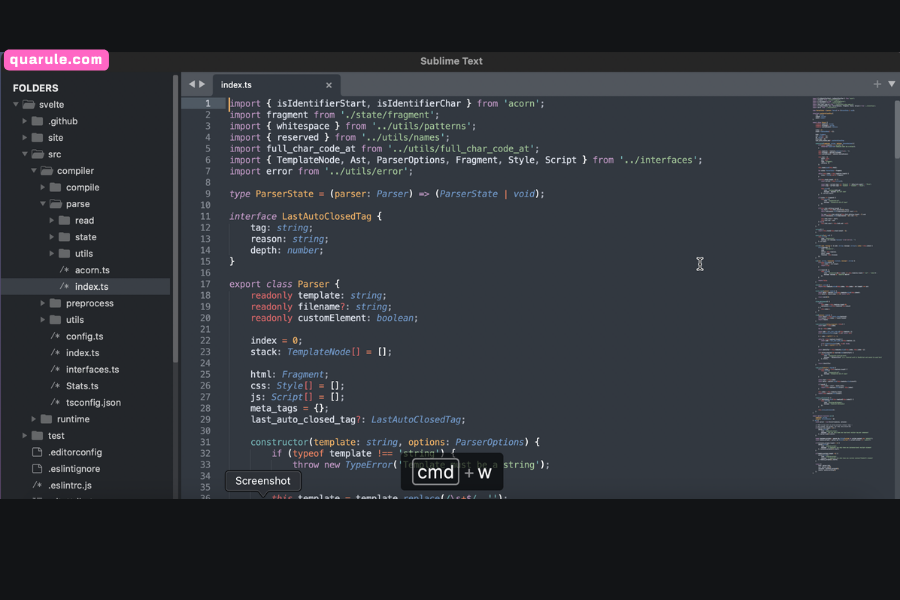
Snag Your OpenAI API Key to Train Your Custom ChatGPT AI Chatbot
First, to train and make your own AI chatbot using special knowledge, you need an API key from OpenAI. This key lets you use OpenAI’s model to look at your special training stuff and learn from it. Here’s what to do:
- If you don’t have an OpenAI account, make one. If you already have one, just log in.
- Click on your profile at the top right corner and pick “View API keys” from the menu that shows up.
- Choose “Create new secret key” and copy that API key. Do it now, because you can’t copy or see the whole key again later. Save it in a simple text file right away.
- Remember, your API key is just for you and is private. Keep it safe. You can get rid of API keys if you don’t need them and makeup to five in total.
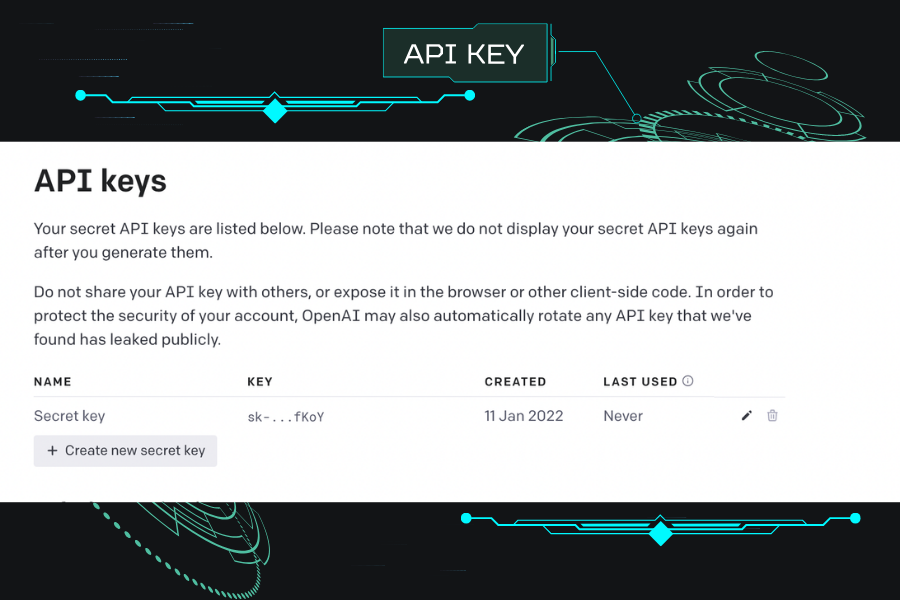
Now, Train Your ChatGPT with Your Data
With everything set up and your OpenAI API key in hand, it’s time to teach your AI chatbot using your own data. You can choose between the “gpt-3.5-turbo” model or “gpt-4.” Here are the steps:
- Make a folder named “docs” and put your training files there. These can be text, PDF, CSV, or SQL files. Start with smaller ones (less than 100MB) to learn the process easily.
- Open a code editor like Notepad++ and write your code. Save code as app.py in the same place as your “docs” folder. In the code, swap “Your API Key” with the key you got from OpenAI. Then save your changes.
- Use the Terminal to run your code. This will look through your documents and make an “index.json” file.
- After the process is complete, you’ll get a local web address. Copy this and put it into your web browser. This lets you use your custom-trained ChatGPT AI chatbot.
That’s all! Now you can ask your chatbot questions and get answers based on the data you fed it.
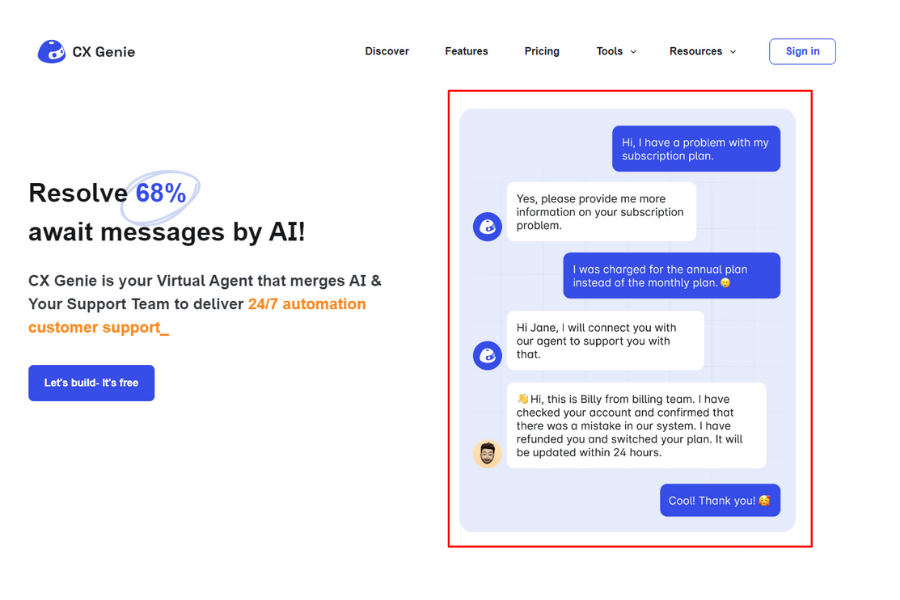
The whole process of making a custom ChatGPT-trained AI chatbot from the start can be quite a journey. It’s long and can really test your patience.
And if coding is not your thing, this task might seem even harder.
But don’t worry! We’ve figured out a solution. Imagine being able to create your own personalized AI ChatGPT Chatbot in just a few minutes, and all that without writing any code at all!
So, get ready for something exciting and say hello to…
Botsonic: Your Easy ChatGPT AI Chatbot Builder
Botsonic, crafted by Writesonic, is a game-changer in the no-code AI chatbot builder scene. It’s reshaping how we think about customer interaction and engagement!
Now, you can quickly create smart, conversation-focused AI experiences for your website visitors without any need to know coding. ChatGPT AI Chatbot innovative ChatGPT-style chatbot lets you use the strength of GPT-4 and natural language processing. This means you can make custom AI chatbots for many different needs, even if you’re not a tech expert.
Put simply, now ANYONE can build an AI chatbot. Just add it to your website with an easy-to-use code. Training ChatGPT with your own data has become so much simpler!
Let’s explore Botsonic and see how it changes the game for customer talks and lively user experiences.
Train ChatGPT on Your Knowledge Base
Botsonic is great at learning and remembering the information you give it. Our knowledge helps it assist your customers in a very human-like way.
You can create a ChatGPT chatbot that’s all about your business. Just feed your data into Botsonic by doing the following steps.
Step 1: Join Writesonic
First, sign up for Writesonic. Choose the way that suits you best.
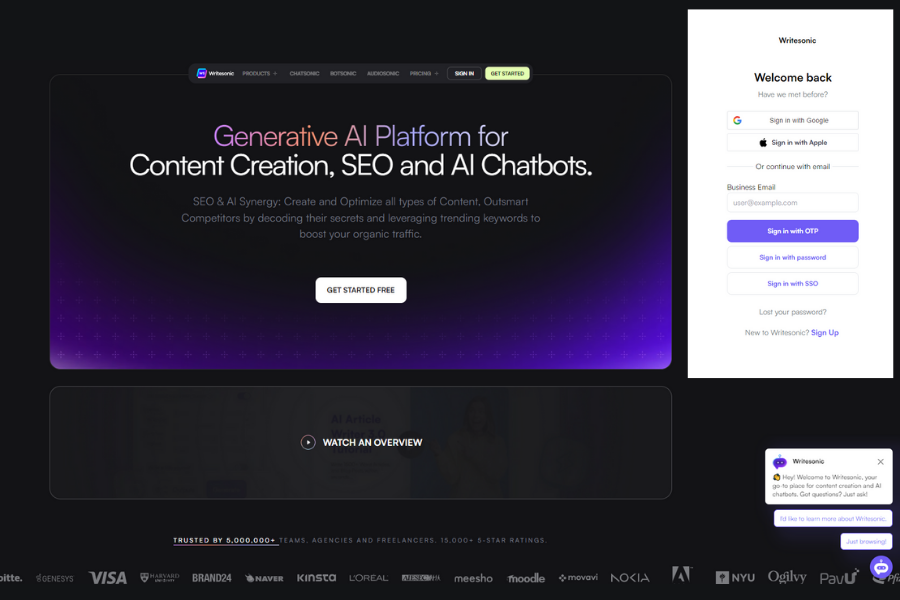
Step 2: Pick Botsonic
After signing up, go to the left menu and select Botsonic.
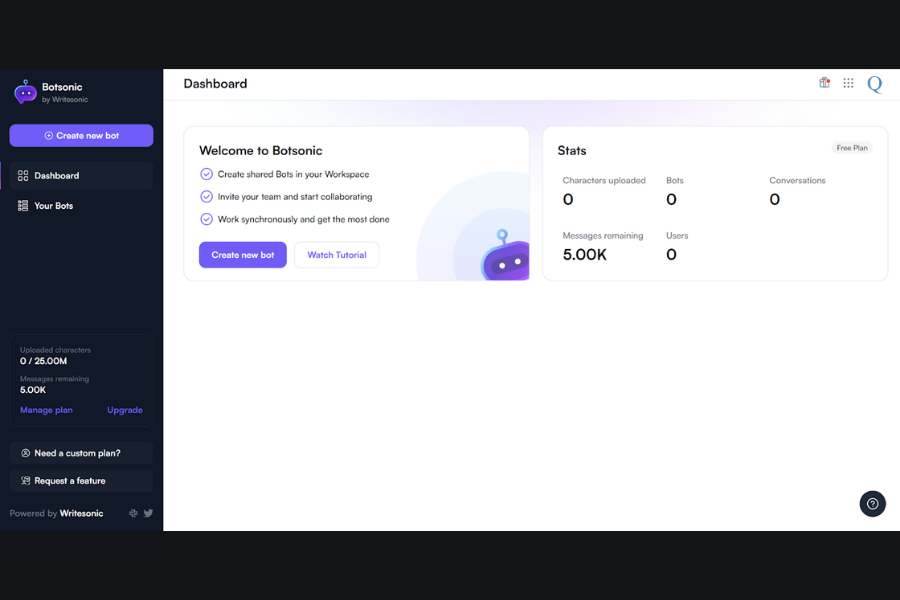
Step 3: Name Your Bot
Click on “Create New” and give your bot a name.
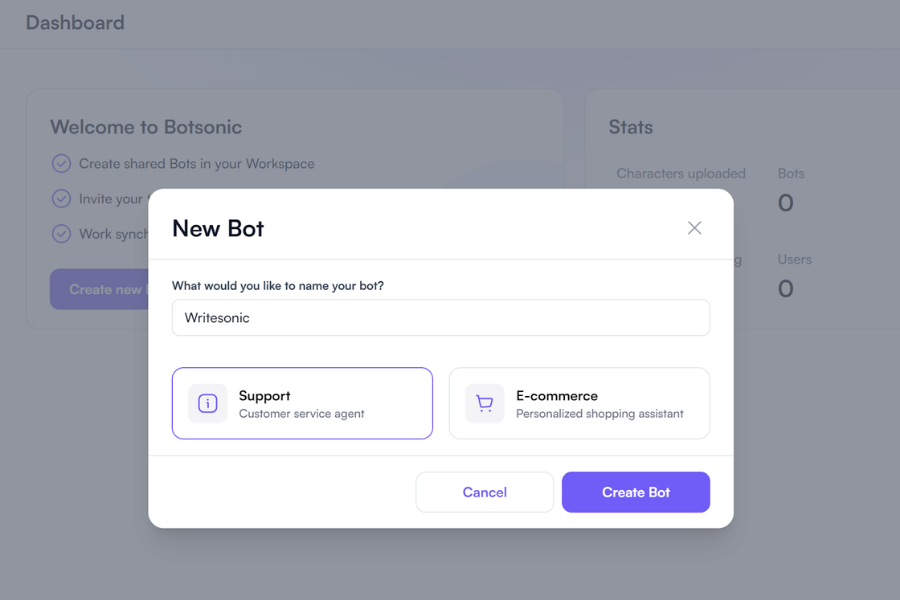
Step 4: Train Your Bot with Your Data
Here, you can add your data. Use website links, documents, sitemaps, FAQs, or all of these. Upload your company’s help docs or any papers about your company rules, return policy, product delivery guidelines, etc. You can use PDF, PPT, PPTX, DOC, and DOCX formats.
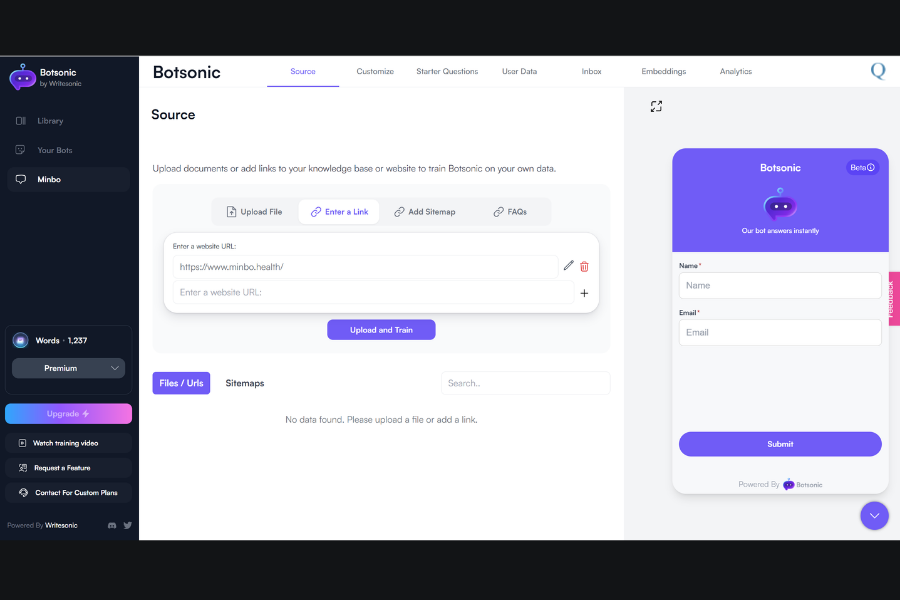
Step 5: Use a Website as a Reference
For example, we’ll use Quarule in the links option and wait for the bot to learn from this website. You can add as many of your website links as you want, depending on what you want Botsonic to learn. Botsonic can even learn from YouTube video links!
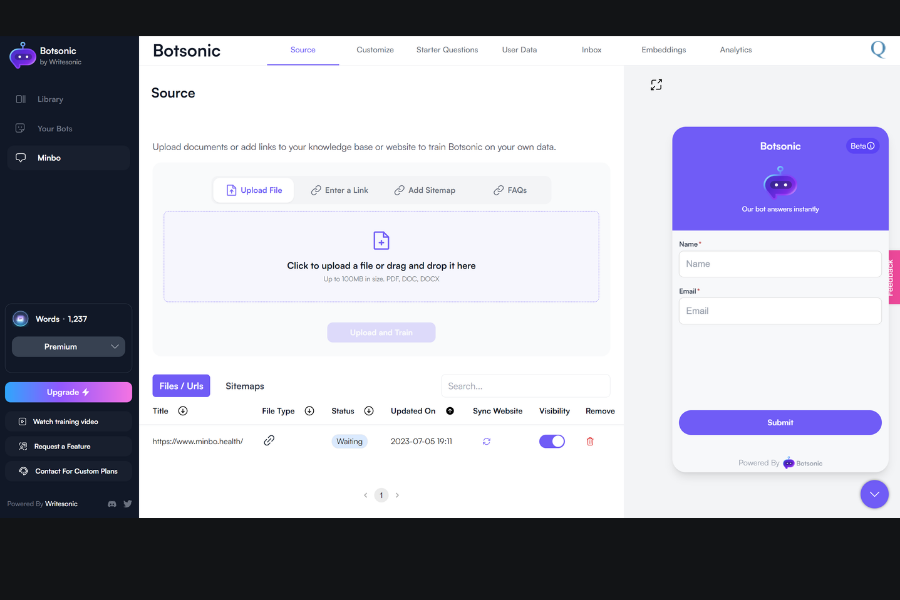
Step 6: Update Your Knowledge Base
The bot will quickly gather info from the website for your knowledge base. Once it’s done, you’ll see a “Trained” update. If you change your website, just click “Sync Website” to keep the data updated. The “visibility” option shows your customers where the answers come from, but you can turn this off if you like.
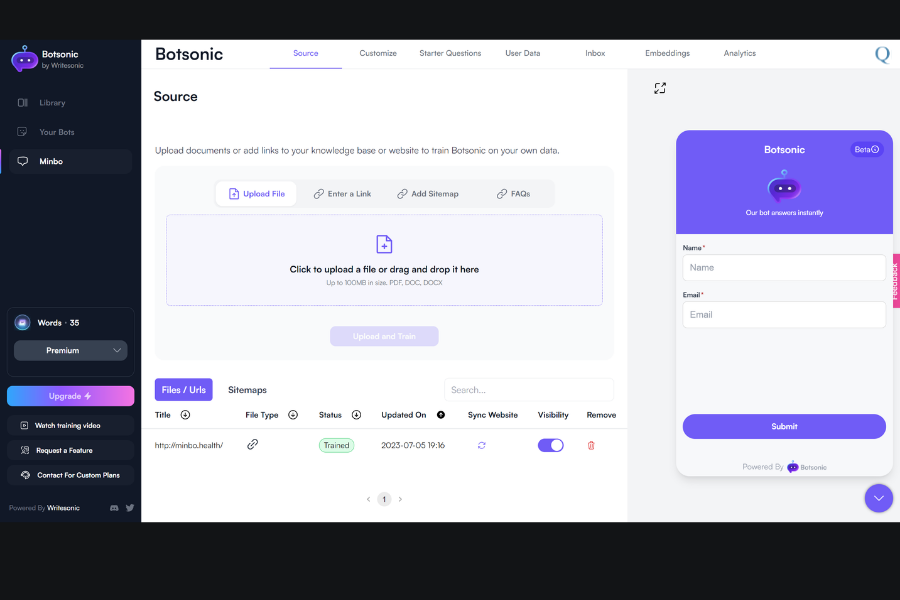
Step 7: Add Sitemap Data
Now, to add the Sitemap, prepare your sitemap data in a CSV format to upload it.
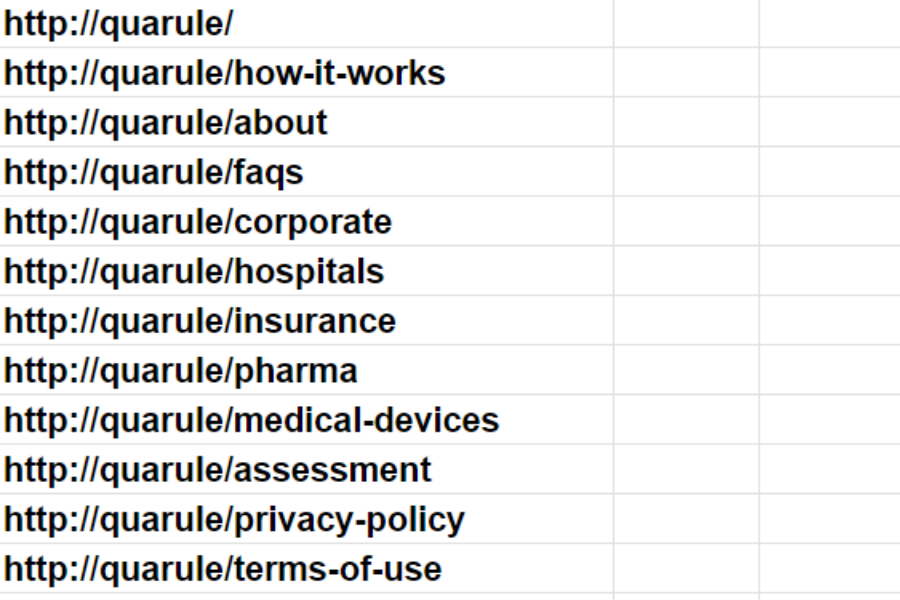
Step 8: Train the Bot on Sitemap Data
After adding the sitemap, click “Upload and Train” to teach the chatbot with your data.
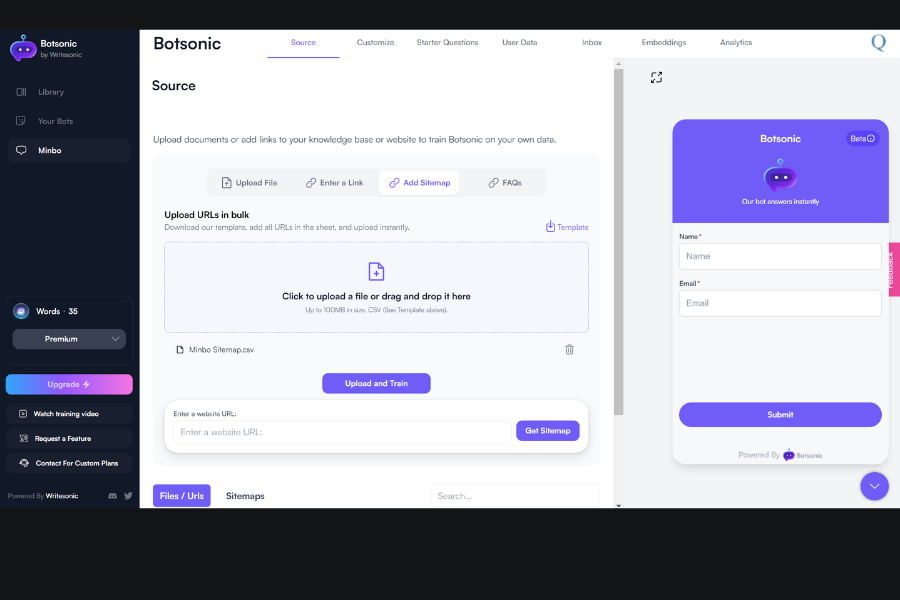
Then, add FAQ data so the bot can answer relevant questions from your customers. After adding the document, click “Upload and Train” to include it in the knowledge base.
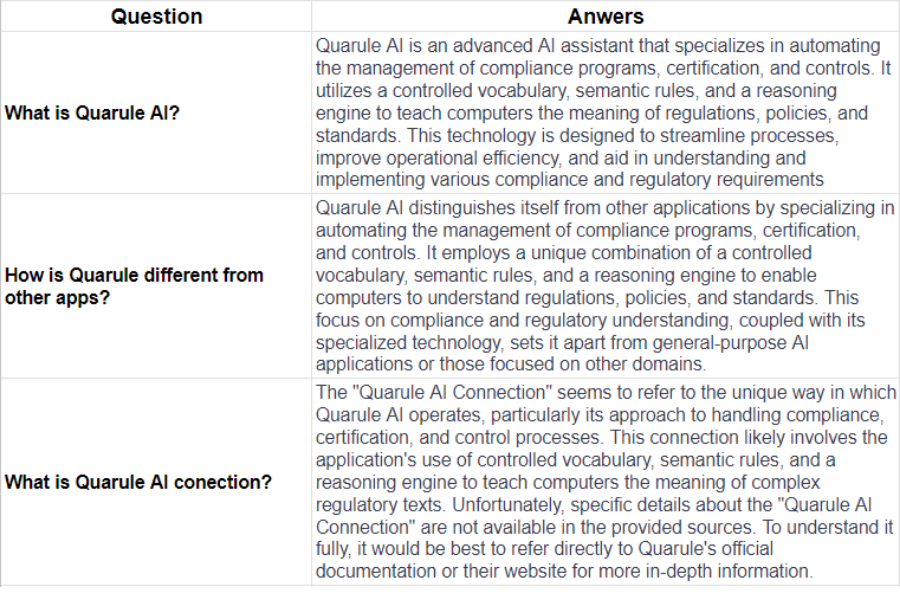
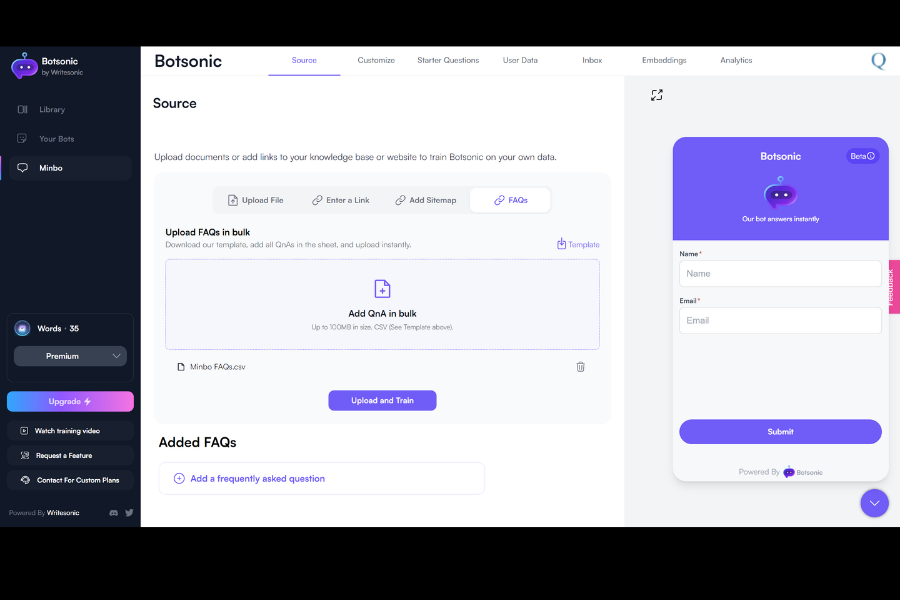
And there you go! You’ve now successfully trained your Chatbot with your knowledge base.
Customize ChatGPT with your branding
Creating a brand-aligned experience is key, and with Botsonic, you can tailor every part of your AI chatbot to match your brand’s look and feel. Here’s how to make your ChatGPT chatbot uniquely yours:
- Name Your AI Chatbot: Start by naming your AI chatbot. Use your business name in the “Company Name” field in the customization area.
- Pick Your Brand Colors: Make Botsonic match your site by choosing your brand’s special colors in the Chatbot color option. You can even type in the exact color code.
- Add a Catchy Tagline: Create an eye-catching tagline for your chatbot that encourages action, like “Let’s talk” or “Up for a quick chat?”
- Warm Welcome Message: Set a friendly welcome message to greet visitors on your site.
- Brand Logo and Chatbot Picture: Add your brand’s logo and a welcoming picture for the chatbot that shows up on your widget.
- Choose a Stylish Icon: Look through the stylish buttons under the Button style option and pick one that fits your website best.
- Include Your Contact Info: Enter your email so visitors can reach out for more help.
- Suggest Example Queries: Help guide your site visitors better by adding some example queries. It’s good to include the most frequently asked questions here.
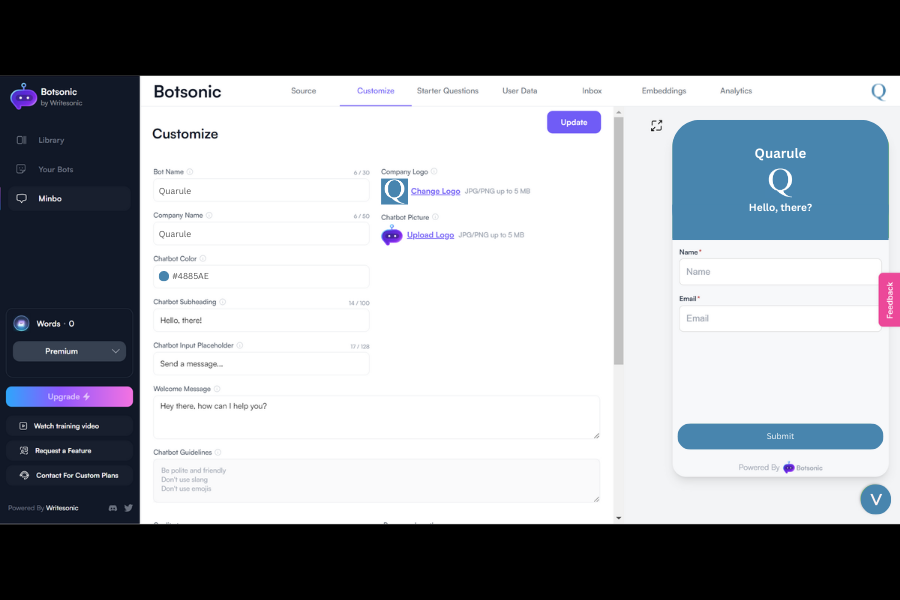
Integrating Botsonic is Easy and Code-Free
Good news! You don’t need any coding skills to set up Botsonic. Once you have your ChatGPT AI chatbot ready, here’s what Botsonic provides for easy integration:
1. An Embeddable Code
Even if you’re just trying it out, Botsonic gives you an embeddable code. This means you can easily add your chatbot to your website just by copying and pasting your code.
2. Using Our API Key
Using Our API Key option is available if you choose one of the premium plans. With the API key, you can connect your chatbot with more advanced features and functionalities.
This simple, no-code setup makes it super easy for anyone to add a powerful, AI-driven chatbot to their website, enhancing customer interaction without the need for technical expertise.
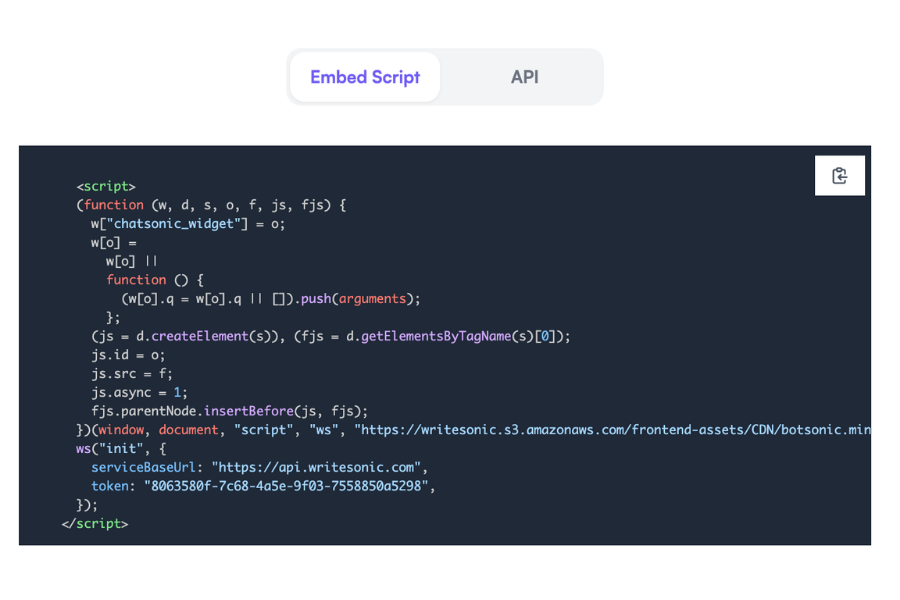
Quick Guide to Set Up Botsonic’s Custom AI Chatbot
Getting Botsonic up and running is a breeze and you’ll be done in just a few minutes. Let us guide you through the steps to start using this hassle-free AI chatbot:
Step 1: Set Up Starter Questions
Begin by creating starter questions for your customers. These act as conversation starters. Test it out yourself – the bot will use these questions to start a chat, making the interaction as smooth as we promise.
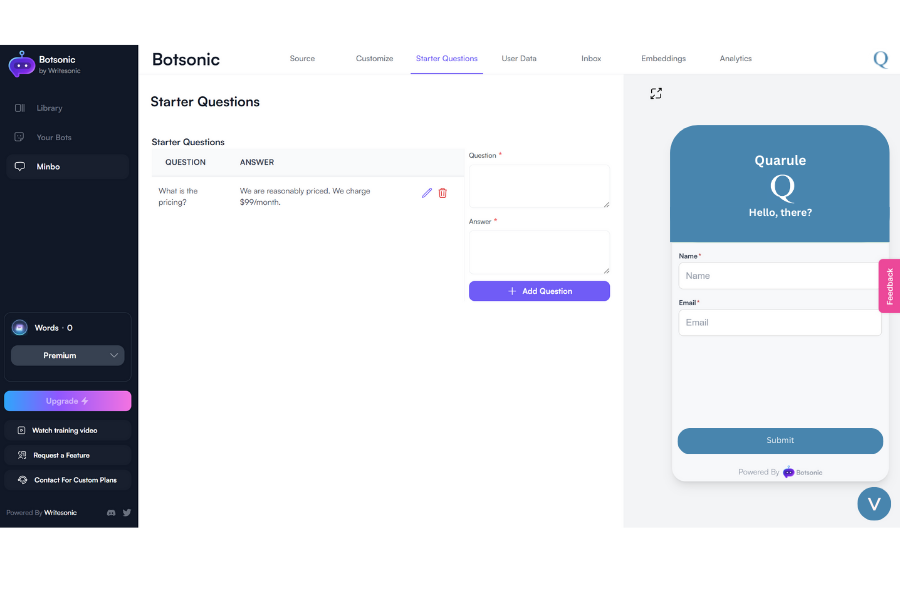
Step 2: Collect Customer Data
Chatbots do more than just talk. You can gather customer data and preferences. Simply set up the type of data you wish to collect.
Step 3: Monitor Conversations in the Inbox
The inbox section will display all the conversations your bot has had with customers.
Step 4: Embed Your Chatbot
Botsonic generates a unique embeddable code or API key. You can easily integrate this into your website’s code. For guidance on where and how to paste your code, check our Botsonic help docs.
Step 5: Analyze Chatbot Interactions
In the analytics section, you’ll find details about your bot’s interactions with customers.
Pricing and Plans: Building one chatbot with Botsonic is completely free. If you need more chatbots or higher messaging capacity, Botsonic offers affordable plans starting at $49 per month. For enterprises looking to implement Botsonic on a larger scale, we have chatbot experts ready to assist you.
With these simple steps, you can quickly have your custom-trained AI chatbot by Botsonic enhancing your customer engagement and experience.
Conclusion
Training ChatGPT on your own data transforms it into a highly adaptable and tailored solution for your specific needs. The process involves setting up a software environment, obtaining an OpenAI API key, preparing your unique dataset, uploading and fine-tuning your data, and then testing and deploying your model. These steps are crucial for creating a ChatGPT model that is customized to your industry and subject matter, capable of handling specialized knowledge and maintaining context in conversations. This tailored ChatGPT can serve as an invaluable tool for various business applications, from customer support to industry analysis

